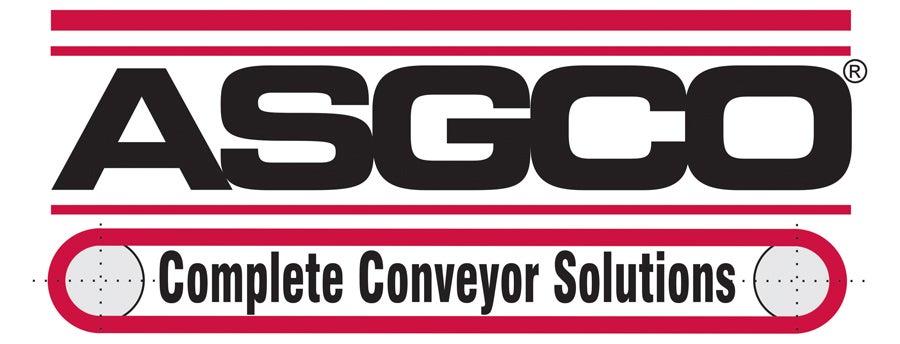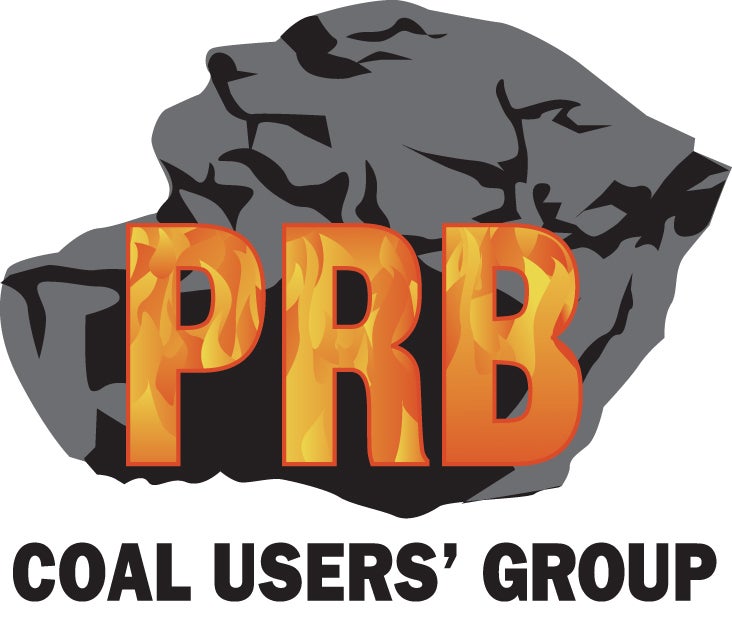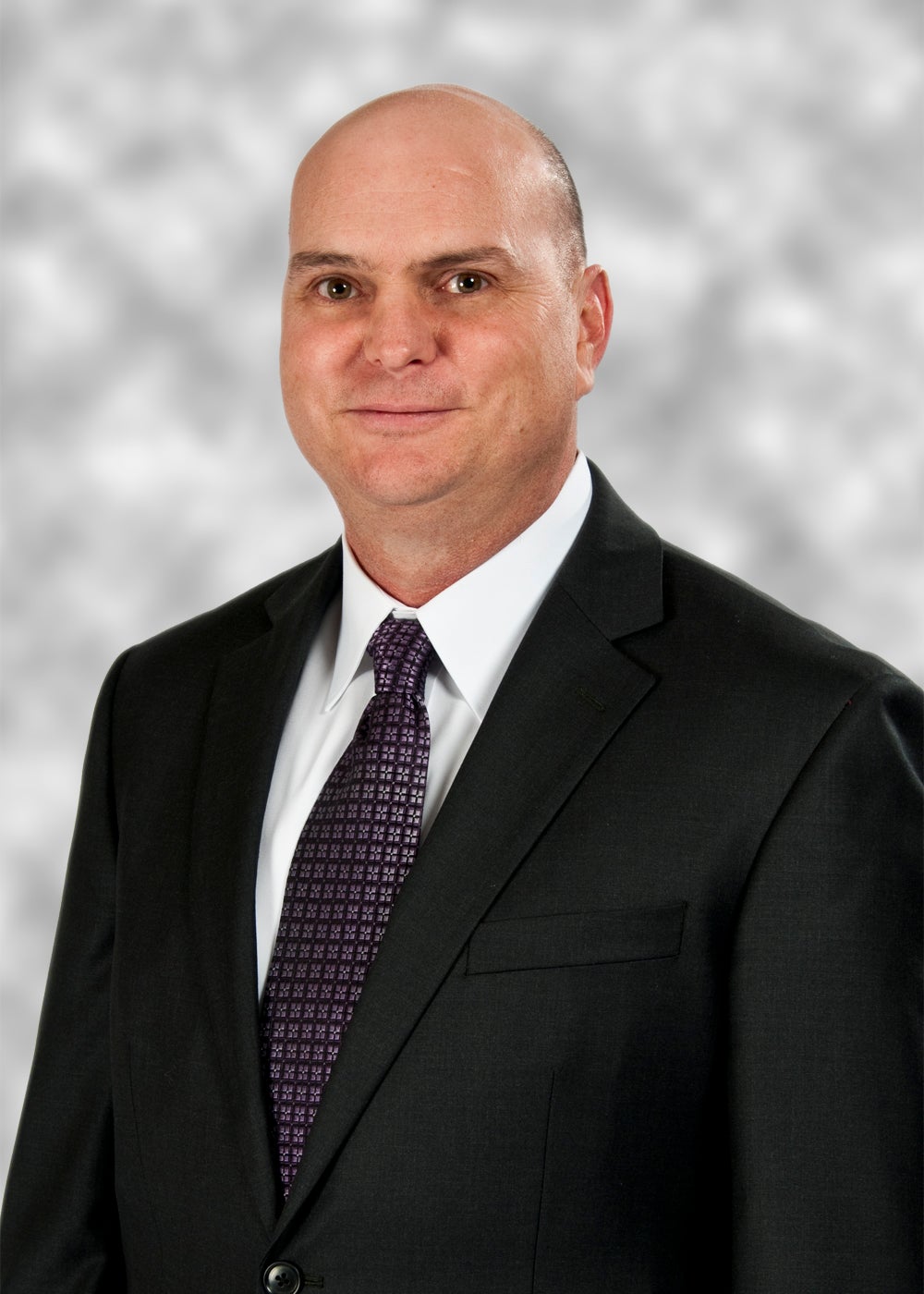Learn How To Improve Electrical Safety in Coal Handling Areas
Electrical Best Practices Webinar:
Case Study of Implementation of Guidelines
Wednesday, September 7
1:30 p.m. – 2:30 p.m. (C.S.T.)
Sponsored By:
 |
 |
 |
 |
Register Now!
And, bring your entire team!
| • Webinar Summary |
| • Meet the Speakers |
| • Support & Troubleshooting |
| • Questions? |
Webinar Summary: |
Westar Energy has put the PRB Coal Users’ Group Electrical Best Practices Guideline into effect. This guideline was designed to assist in a greater understanding of electrical best practices and hazardous area classifications as they relate to the use and handling of coal in power plants also known as generating stations.
Westar will share their challenges and results as they put this safe and economical practice to use. The PRB Coal Users Electrical Best Practices Committee created a document that presents methods of applying nationally recognized codes and standards presently in existence and applying them under various conditions in order to demonstrate the need for an inclusive approach.
What Viewers Will Learn: |
The attendee will be able to describe recommended practices related to implementing electrical best practices. The attendee will learn:
• How to Identify Hazards
• Review Hazardous Area Location definitions (NEC , NFPA)
• Find Hazardous Location at Site?
• What Upgrade Equipment will meet (NEC, NFPA)?
• How to Mitigate the Hazards
• How to Maintain and Install Other Equipment in an Approved Manner
Who Should Attend: |
Those who work in or support coal-fired electric power generation and/or coal handling operations.
• ES&H Personnel
• Plant Management
• Operations & Maintenance Personnel
• Safety and Combustion Consultants
• Regulating Authorities
• Safety Managers
• Fire Protection Personnel
• EPCs
• Insurance and Risk Management Service Firms
• Engineering design
• Construction Firms working in Coal handling areas
Hear from the experts: |
|
James Anderson |
|
Greg Patterson |
| Mark Collett
PRB Coal Users Electrical Best Practices Committee Chairman |
Moderator: |
 |
John Bridson John Bridson was named the Vice President of Generation for Westar Energy in 2011. He joined Westar Energy in 1993 after graduation from Kansas State University with a Bachelor of Science in Mechanical Engineering. He worked at the Jeffrey Energy Center from 1993 to 1998 as a Plant Engineer and then served as the Director of Operations from 1998 to 2001. Next, He served as the Executive Director of Gas Fired Power Plants from 2001 through 2006 and as the Executive Director of Lawrence Energy Center from 2007 to mid 2010. He was named the Executive Director of Generation responsible for Westar’s generating fleet in June 2010. He serves on the Board of Directors for the Kansas State Power Affiliates Program and for the Powder River Basin Coal Users Group. |
What do I need to view this Webcast? |
Minimum Requirements:
| Operating System | Processor | RAM | Internet Browser | Hardware | Media Players | Internet Connection |
|
Windows 7 1 Windows Vista Windows XP SP3 Note: Mac OS X and Linux users please click here. |
Pentium III 733mhz+ or equivalent | 512MB |
Internet Explorer 6.0+ 2 Firefox 3.0+ Pop-up Blocking Software Disabled 3 |
AUDIO: Sound Card with speakers VIDEO: Monitor with 1024×768+ resolution support |
Windows Media Player 9+ Adobe Flash Player 9.1+ 4 |
High speed Cable / Fiber / DSL 5 Corporate LAN 6 |
1 Older Windows operating systems, including Windows 2000, will most likely work but are not officially supported. Please consult http://support.microsoft.com/default.aspx?pr=lifesupsps to determine if your operating system is still supported by Microsoft.
2 For security and performance reasons it is strongly advised to upgrade to the latest version of Internet Explorer.
3 The presentation is built on pop-upless technology; however, the presenter may choose to use pop-up windows. In these cases, pop-up blocking software must be disabled for the presentation to work correctly. In many cases, holding down the "CTRL" key while opening the Webcast URL will temporarily disable your pop-up blocking software. Please consult the documentation for your pop-up blocking software to determine the correct way to temporarily disable it.
4 In addition to having a properly installed Adobe Flash Player your pc must permit rtmp (over port 1935) and / or rtmpt (over port 80) live streaming protocols. Please contact your local IT Administrator if you are unsure of your settings.
5 High speed Cable / Fiber / DSL. Typical connection speeds can vary from 100Kbps – 1Mbps+. Please check with your local ISP for bandwidth allotment.
6 Corporate LAN. Bandwith on corporate LANs can vary based on network traffic. Typical connection speeds can vary from 100Kbps – 1Mbps+. Please check with your local ISP for bandwidth allotment.
Support & Troubleshooting |
What support is available for users on Macintosh and Unix/Linux-Based operating systems?
This presentation incorporates advanced multimedia features that allow elements such as slides, polling questions, surveys, and application demonstrations to be dynamically sent to the audience synchronized with the presentation. Mac and Linux audiences may view the presentation using a supported Firefox Web browser and Adobe Flash player. Please note that some presentations may not feature a Flash option.
Why can’t I hear audio?
- If you have internal speakers, make sure they aren’t muted.
- If you have external speakers, make sure they are powered on and aren’t muted.
- Make sure you did not lose Internet connectivity.
- Make sure you have the media player installed that you are attempting to use and the plugin is correctly installed within the browser.
- If you are using Windows Media Player and the player simply stops and/or gives you a generic "error" message, you may be missing an audio codec required to decode the presentation audio. Click here for the Microsoft Codec Installation Package.
Alternatively, you can download the latest player here: http://www.microsoft.com/windows/windowsmedia/download/ - If you are using Adobe Flash Player and are having connection issues please refer to the section labeled "Why do I get a "connection failed" or "connection blocked" message when I try to view Adobe Flash streams?"
What is a pop-up blocker and how do I disable it?
Pop-up blockers are software programs that stop unsolicited "pop-up" browser windows from launching automatically. These windows often feature advertisements that can be an annoyance to users trying to browse the Internet, however some features of the Webcast may make use of pop-up windows to deliver key functionality. Depending on the software progam you have installed you may be able to add the Web site URL to a list of permissible Web sites where pop-up windows are allowed.
It is common to have one or more pop-up blockers that you may be unaware of. Most pop-up blockers reside either in the system tray (lower right hand corner of your screen by the clock) or as a toolbar in Internet Explorer (at the top of your browser, go to "View" and then "Toolbars"). These can be disabled in their options or preferences menus. (Common toolbars such as Google and Yahoo Companion have built in pop up blockers).
Also, if you are unaware of any other pop-up blockers that are running on your computer, you may want to see if you have personal firewall software running, such as Norton’s Internet Security or ZoneAlarm. If you have either of these, they will also block pop-up windows.
Where can I download the latest streaming media players?
– Windows Media Player – http://www.microsoft.com/windows/windowsmedia/download/AllDownloads.aspx
– Adobe Flash (for viewing Application Demonstrations and Video Roll-ins) – http://get.adobe.com/flashplayer/
Where can I download the latest Internet browsers?
– Microsoft Internet Explorer 8 – http://www.microsoft.com/windows/internet-explorer/worldwide-sites.aspx
– Previous versions of IE – http://www.microsoft.com/windows/ie/ie6/downloads/default.mspx
– Firefox – http://www.mozilla.com/firefox/
I occasionally hear a clicking noise during the presentation. How do I turn it off?
- Windows 7 – Click on the Windows Start icon, then choose "Control Panel" > "Sound," > "Sounds" tab. Scroll down the "Program" menu until you reach "Start Navigation." Set the sound to [None] and click "OK." The clicking will be disabled.
- Windows Vista – Click on the Windows Start icon, then choose "Control Panel" > "Sound," > "Sounds" tab. Scroll down the "Program" menu until you reach "Start Navigation." Set the sound to [None] and click "OK." The clicking will be disabled.
- Windows XP – You can disable this noise by going to the Start menu, then "Control Panel". Open "Sounds and Audio Devices," and click the "Sounds" tab. Scroll down the "Program Events" menu until you reach "Start Navigation." Set the sound to [None] and click "OK." The clicking will be disabled.
Why do I get a "connection failed" or "connection blocked" message when I try to view Adobe Flash streams?
In addition to having a properly installed Adobe Flash Player your pc must permit rtmp (over port 1935) and / or rtmpt (over port 80) live streaming protocols. Please contact your local IT Administrator if you are unsure of your settings. IT Admins can click here to review additional information on configuring proxy servers to permit live Flash streaming.
Questions? |
Please contact Kim Arellano, Conference Director, at (713) 343-1879 or email: kima@tradefairgroup.com.
